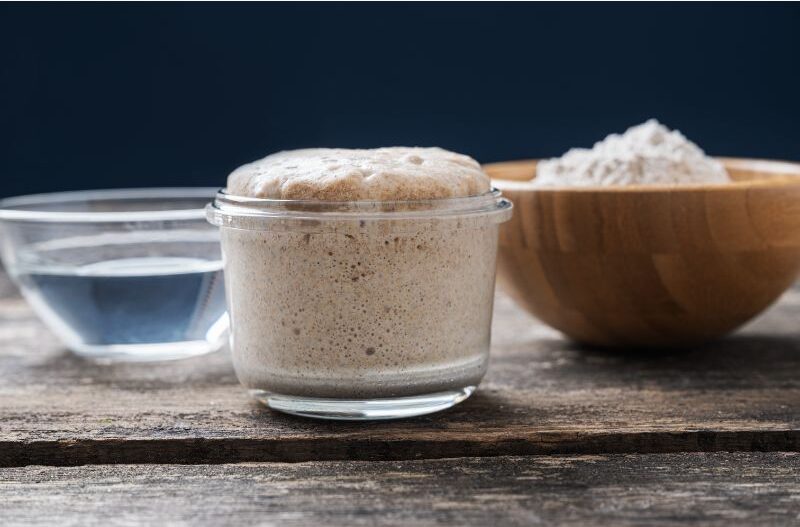
Today’s Healthy Alternative is an Original Staple
In the world of bread, sourdough stands out as a ageless classic that has recently enjoyed a fitting revival. Not only is it delicious, with its signature tangy flavor with a chewy texture, further it offers remarkable health benefits that surpass conventional bread.
From its ancient origins to its role in promoting gut health, sourdough bread has redefined what it means to enjoy bread in a wholesome, nutritious way. Let’s explore the history, health benefits, and why this age-old bread has made a spectacular comeback.
A Brief History of Sourdough
This is one of the oldest forms of leavened bread, with roots tracing back over 5,000 years to ancient Egypt. Prior to commercial yeast being developed, bread relied on natural fermentation. This fermentation process involved wild yeast and lactic acid bacteria, which created the distinct flavor and texture of sourdough.
Throughout history, sourdough served as a staple in diets across cultures, from Europe to the Americas. During the California Gold Rush, sourdough was so essential that miners had nicknames like “sourdoughs” for carrying starter cultures on their expeditions.
The rise of industrialized breadmaking in the 20th century saw sourdough take a backseat to quicker, mass-produced bread. Presently as people have become more health-conscious with an interest in traditional foods, sourdough has made a successful return, praised for its nutritional value and artisanal qualities.
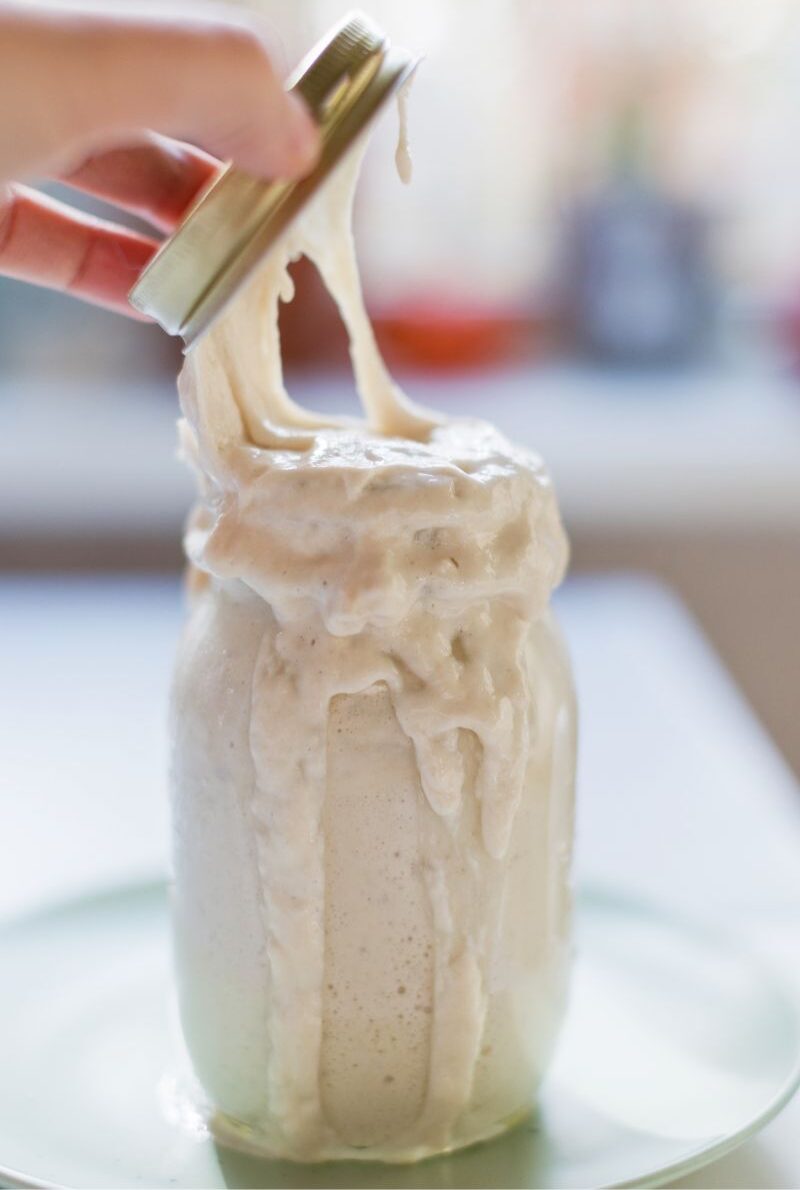
How Sourdough is Made
Unique because it relies on a fermentation process; calling for a natural starter made from flour and water. This starter contains wild yeast and lactic acid bacteria, which leaven the bread and develop its complex flavor.
In contrast, conventional bread often uses commercial yeast, which speeds up the rising process but lacks the depth of flavor and health benefits that fermentation provides.
Health Benefits of Sourdough Bread
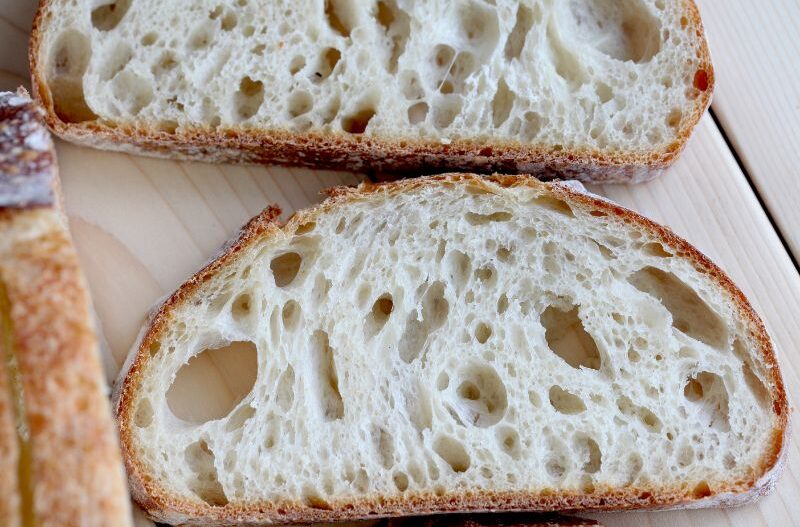
Better Digestibility
– Because of the process in sourdough of fermentation which breaks down gluten and other hard-to-digest compounds in the flour. This makes it easier for people with mild gluten sensitivities to enjoy sourdough without discomfort.
Gut Health Booster
– Sourdough is rich in probiotic byproducts, like lactic acid, which support a healthy gut microbiome. While baking kills the live probiotics, the prebiotics (fiber that feeds beneficial gut bacteria) remain intact, promoting digestive health.
Lower Glycemic Index (GI)
– Has a lower glycemic index compared to conventional bread which means it causes a slower rise in blood sugar levels. This makes it a better choice for those managing diabetes or blood sugar sensitivity.
Rich in Nutrients
– The fermentation process enhances nutrient availability by breaking down phytic acid, an anti-nutrient that inhibits mineral absorption. As a result, sourdough bread offers higher levels of minerals like magnesium, zinc, and iron.
Longer Shelf Life
– During the fermentation process the natural acids produced act as preservatives, which gives sourdough a longer shelf life without the need for artificial additives.
Fewer Additives
– Artisanal sourdough contains just three ingredients: flour, water, and salt. This simplicity contrasts with conventional bread, which often contains preservatives, emulsifiers, and artificial flavors.
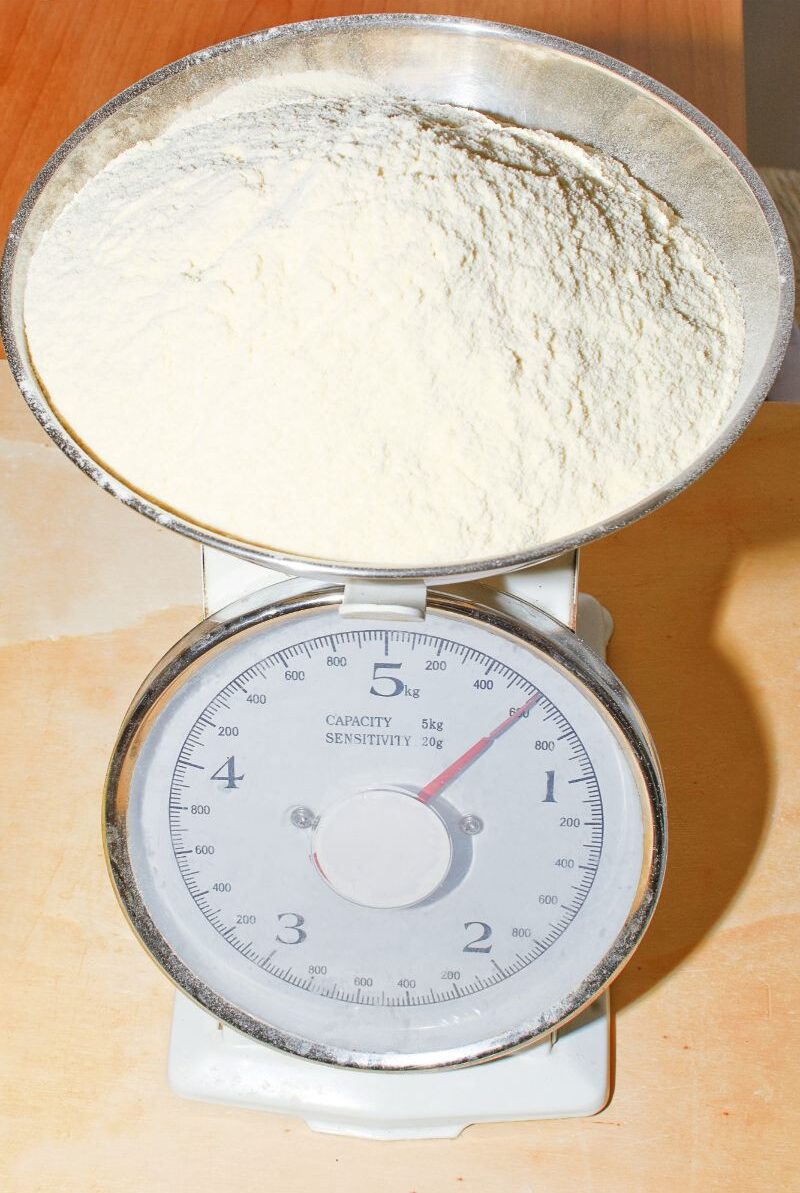
Nutritional Comparison: Sourdough vs Conventional Bread
| **Nutrient** | **Sourdough Bread** **Conventional Bread**
| **Calories** | Similar (depends on recipe) Similar
| **Carbohydrates** | Slightly lower due to fermentation Standard
| **Protein** | Similar, but easier to digest Standard
| **Fiber** | Higher (with whole grain sourdough) Varies (lower in white bread)
| **Minerals** | More bioavailable due to phytic acid breakdown Often less bioavailable
| **Additives** | None (in traditional sourdough) Common (preservatives, emulsifiers, etc.)
The Impact of Sourdough on Gut Health
Sourdough’s fermentation process is key to its gut-friendly properties. The wild yeast and lactic acid bacteria create prebiotics and break down complex carbohydrates that can be tough on digestion. Even though the probiotics are not active after baking, the prebiotics remain to nourish your gut flora.
Additionally, sourdough’s lower gluten content and reduced FODMAP levels (fermentable sugars) can help reduce bloating and discomfort in people with sensitive digestive systems.
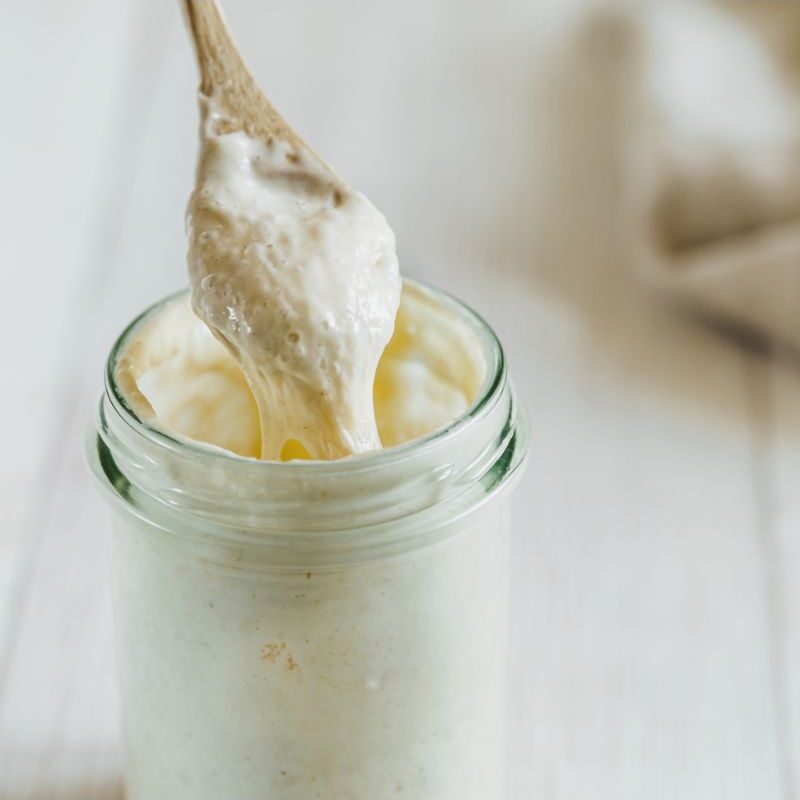
Why Sourdough Has Made a Comeback
Several factors attribute to the rise of interest in sourdough:
- Health Consciousness: As people seek out healthier, less processed foods, sourdough’s natural and nutrient-dense profile is appealing.
- Home Baking Craze: The COVID-19 pandemic inspired many to experiment with baking, and sourdough’s artisanal nature made it a popular project.
- Artisanal Appeal: Sourdough represents a return to tradition and craftsmanship, resonating with consumers who value quality over convenience.
- Flavor: Sourdough is exceptional with its amazing tanginess and chewy texture. Making sourdough adored among food enthusiasts.
Tips for Incorporating Sourdough into Your Diet
- Choose Whole Grain: Opt for sourdough made with whole grain flour for added fiber and nutrients.
- Check the Ingredients: Bread should contain a natural starter and no commercial yeast or preservatives.
- Experiment with Recipes: Try making your own sourdough bread at home to control the ingredients and customize the flavor.
- Pair with Nutrient-Dense Foods: Enjoy sourdough with healthy toppings like avocado, smoked salmon, or nut butter to create a balanced meal.

Epilogue
Sourdough bread is more than just a trend—it’s a nutritious, delicious, and gut-friendly alternative to conventional bread. With its ancient roots, health benefits, and artisanal charm, sourdough has rightly reclaimed its place as a staple in modern diets.
Whether you’re enjoying a slice with your morning coffee or using it as the base for a gourmet sandwich, sourdough proves that sometimes, going back to basics is the best way forward.
Surely we should make sourdough a part of our daily bread? Your gut—and your taste buds—will thank you!
**This post may contain affiliate links, which means I make a small commission at no extra cost to you**